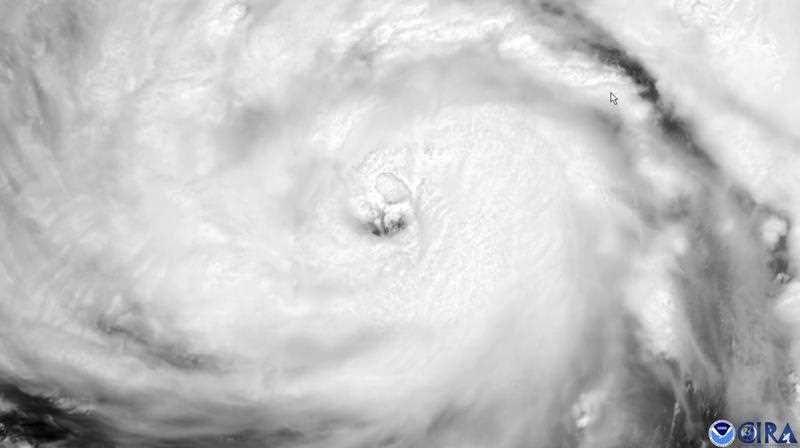Hurricane Ida has rapidly intensified into a dangerous category four storm on track for a potentially devastating landfall on the Louisiana coast.
The US National Hurricane Center predicted Ida would become an extremely dangerous category four hurricane, with 209km/h winds – that happened early on Sunday before an expected afternoon landfall.
The storm, a four on a scale where five is the highest, arrived on the exact date Hurricane Katrina ravaged Louisiana and Mississippi 16 years earlier.
Ida rapidly intensified as it moved into the northern Gulf, going from top winds of 185km/h in a 1am update to 220km/h a few hours later.
The storm was centred about 120 kilometres south of the mouth of the Mississippi River. It was travelling northwest at 24km/h.
Ida is threatening a region already reeling from a resurgence of COVID-19 infections, thanks to low vaccination rates and the highly contagious delta variant.
New Orleans hospitals plans to ride out the storm with their beds nearly full, as similarly stressed hospitals elsewhere had little room for evacuated patients.
And shelters for those fleeing their homes carried an added risk of becoming flashpoints for new infections.
Governor John Bel Edwards vowed on Saturday that Louisiana’s “resilient and tough people” would weather the storm.
He also noted shelters would operate with reduced capacities “to reflect the realities of COVID”.
Edwards said Louisiana officials were already working to find hotel rooms for many evacuees so fewer had to stay in mass shelters.
In coastal Gulfport, Mississippi, a Red Cross shelter posted signs displaying directions for evacuees along with warnings about COVID-19.
With skies still sunny, only a handful of people had shown up on Saturday evening.
President Joe Biden approved emergency declarations for Louisiana and Mississippi.
Comparisons to the August 29, 2005, landfall of Katrina weigh heavily on residents bracing for Ida.
A category three storm, Katrina was blamed for 1800 deaths as it demolished oceanfront homes in Mississippi and caused levee breaches and catastrophic flooding in New Orleans.
Long lines formed at petrol pumps on Saturday as people rushed to escape. Trucks pulling saltwater fishing boats and campers streamed away from the coast in Alabama, while there were traffic jams heading out of New Orleans.
Ida intensified so swiftly that New Orleans officials said there was no time to organise a mandatory evacuation of its 390,000 residents.
Mayor LaToya Cantrell urged residents to leave voluntarily.
Officials also stressed that the levee and drainage systems protecting the city had been much improved since Katrina.
But they cautioned flooding was still possible, with up to 50 centimetres of rain forecast in some areas.
Ida posed a threat far beyond New Orleans. A hurricane warning was issued for nearly 320 kilometres of Louisiana’s coast, from Intracoastal City to the Mississippi state line.
AAP



